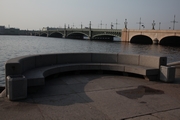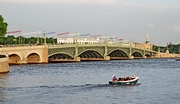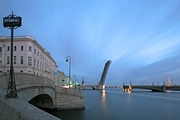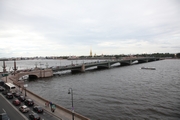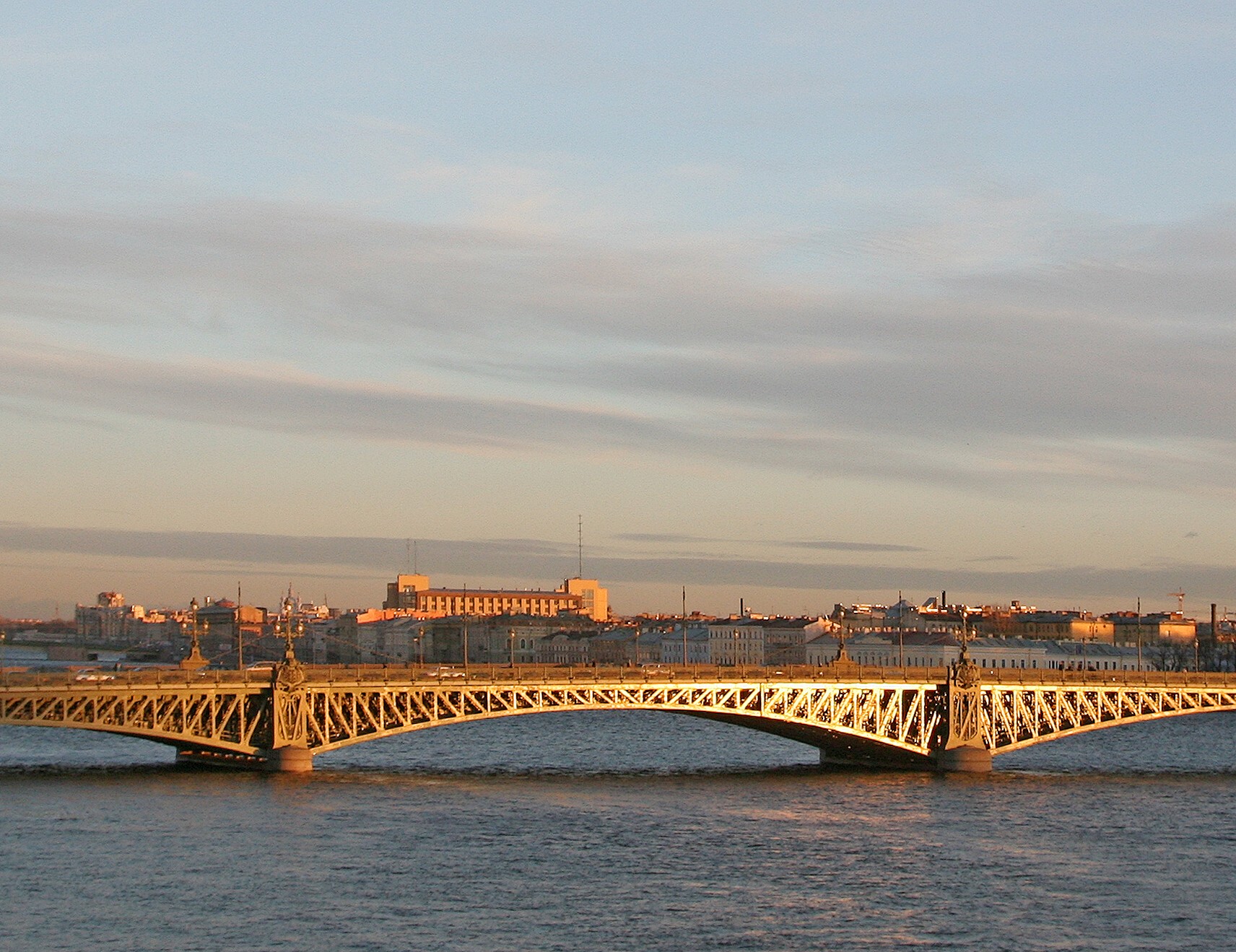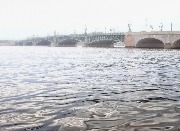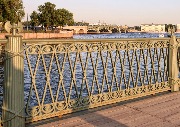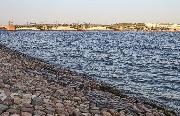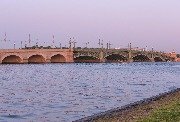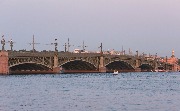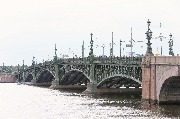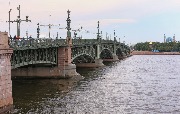
| Novosibirsk | Ob River Crossing – Bugrinsky Bridge in Novosibirsk |

| Sochi. | Back-up of Kurortny Prospect, 3 stage |
Troitsky Bridge in St. Petersburg

St. Petersburg (rehabilitation)
Design, detailed design
Project period: 2001 –
2003
General Designer: Institute Stroyproekt
Client: St. Petersburg Committee for City Improvement and Road Infrastructure
The project was designed to rehabilitate the drawbridge over the Neva River built in 1903 to commemorate the 200th anniversary of St. Petersburg. Troitsky Bridge being a complex engineering structure with a distinguished Art Nouveau architectural decoration is the city’s heritage site.
The rehabilitation project envisaged ensuring high performance characteristics of the bridge while preserving its historical appearance. Some décor elements (railings, candelabra, etc.) were restored to the original sketches. Moreover, the unique method of ‘steel healing’ developed by Stroyproekt and Research Institute of Bridges allowed maintaining the original trough steel elements as left-in-place deck formwork.
Technical parameters
Length — 582 m
Width — 23.5 m
Draw span clearance — 43 m
Span layout, m: 11.4+43.2+53.3+76.4+96.4+76.4+53.3+22.0+20.0+18.0
Spans — 10
About 740 tons of unrepairable structural elements were removed and replaced.
To seal the gaps, over 11 000 m of weld joints were made.
About 13 thousand high-strength bolts with round head looking like original rivets were installed on the bridge visible surfaces along with 51 thousand conventional high-strength bolts.
Main features
Innovative technological solutions were applied during rehabilitation works. Thus, high-strength bolts with round heads were used instead of rivets. When replacing the hinge joints and deck bearing elements our engineers pioneered the application of special auxiliary support beams, which took up the weight of main trusses.






















 Далее
Далее